…but we wish the river had another shore,
some further range of delectable mountains,
distant hills powdered blue as a girl’s eyelid….
from July in Washington by Robert Lowell
On days like these, when it’s 102 degrees outside for weeks at a time and you find yourself praying for snow, it is a nice soothing exercise to imagine what life was like in Washington, D.C. before air conditioning.
Back when D.C. summers were swampy, relief-less months when Congressional summer recess meant that everyone fled the city so they wouldn’t suffocate, people with money headed to the shore or mountains. Teddy Roosevelt decamped to his estate in Sagamore Hill, NY (the “Summer White House”). Others in the Washington elite fled to Hot Springs, VA or Newport, RI. Many went to Cape May.
Located at the most southern point of New Jersey, Cape May is a Jersey Shore town that feels exactly the opposite of the something you may have seen on MTV. Quaint and unpretentious, it has beautiful boardwalk-lined beaches, low-key restaurants, and rummage-inspiring antique shops. And thanks to an 1878 fire that devastated the main part of the town, and the work of a local who got the whole town listed as a Landmark on the National Register of Historic Places in 1970, much of the architecture is Victorian and pristine.
As beautiful and historic as Cape May is, the borough of Cape May Point has the more interesting genesis. Located 5 miles down “Beach Avenue” and “Sunset Boulevard” directly due west of Cape May proper, this tiny neighborhood is rich in character. It contains a historic lighthouse, surrounded by a renowned bird sanctuary; a rocky, shipwreck strewn beach facing due west visited daily by hundreds eager to hear Taps played at sunset; a volunteer firehouse that still uses an old-fashioned siren to call for help during an emergency; a circular park at the center of the neighborhood that hosts sack races and egg tosses for the kids; and, a general store with penny candy. Everyone rides their bike to the beach.
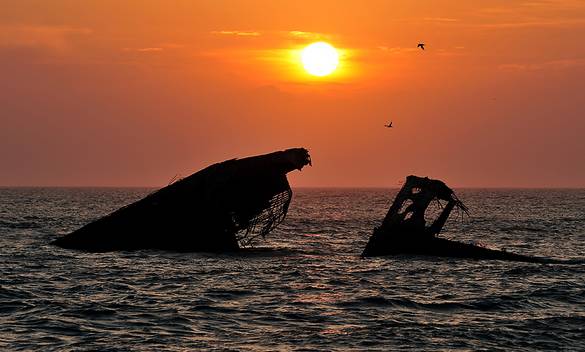
Cape May Point was founded as the liquor- and amusement-free enclave of the Sea Grove Association in 1875 by religious businessmen. This included John Wanamaker, the “father of modern advertising” (his Philadelphia store boasted the policy of “one price and goods returnable”), who was also friend of President Harrison, and 35th Postmaster General of the United States.
Sea Grove was eventually transformed into the independent municipality of Cape May Point, but not before a series of wonderful small churches were built.
Saint Agnes Church, established in 1883, is a beautiful little building that looks like a gingerbread house and serves as the summer chapel of the Church of Our Lady Star of the Sea. The church as been operating almost continuously since its founding, closing only from 1920-1930, when it was abandoned and neglected.
The equally wonderful light blue-gray St. Peter’s-By-The-Sea Church sits behind the dunes and across the street from the beach. Originally built for the 1876 Philadelphia centennial, it was moved as a “fine yellow pine frame building” to Sea Grove in 1879.
It started out a few blocks inland, but within a matter of weeks they decided the location was too hot because it was cut off from the sea breezes. The congregation thought it would be cooler near the ocean so that a sea breeze could come through the big windows. It also has large sliding doors, called pocket doors, to allow the breeze in. So in July 1880 it was moved toward the beach. In the fall of 1881 it was moved again to another beach location because of the construction of a large cottage at the other site. But within a few years the ocean was encroaching on the land and threatening the church and other nearby buildings. So in 1903 the church was moved back to near where it started. The beachfront site is now three blocks out in the ocean, and the church is back to being near the beach. You could see the ocean from the pulpit before protective dunes were built.*
The exterior of the building is original, although the interior wood is not and the steeple was added later.


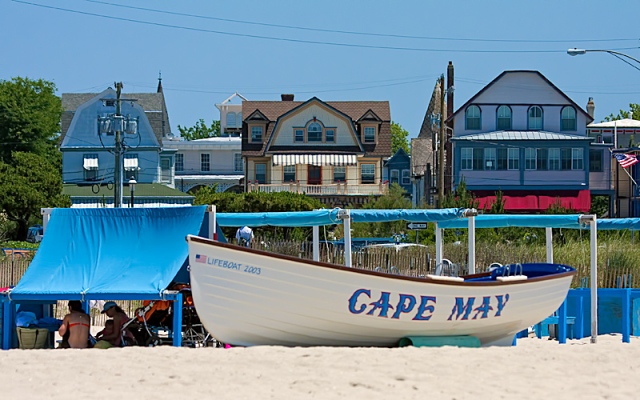


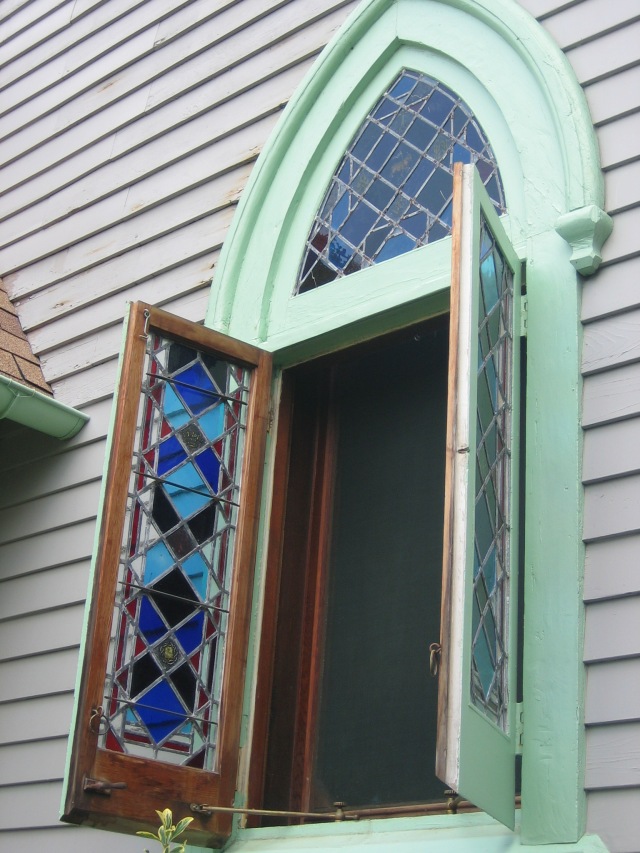



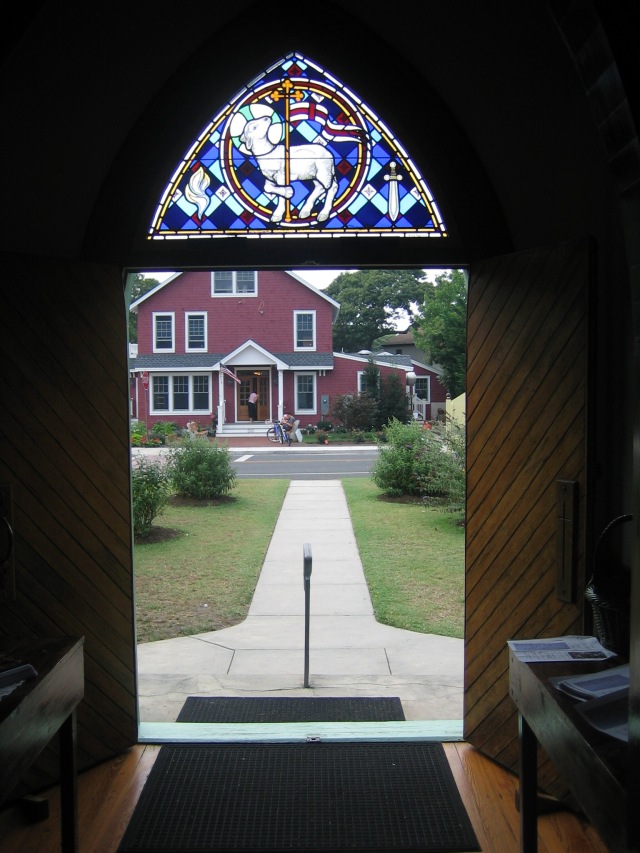


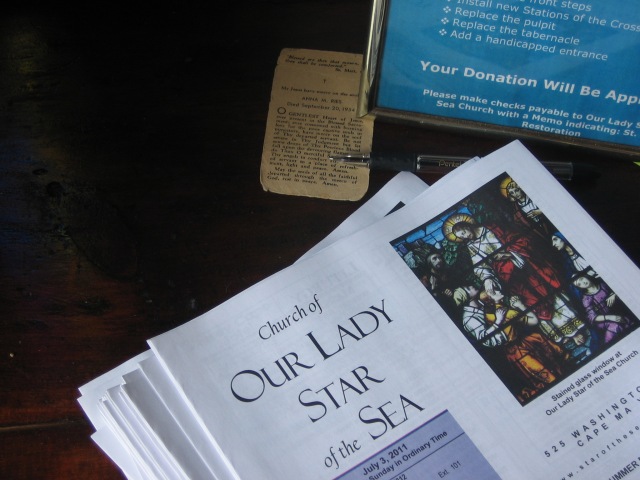
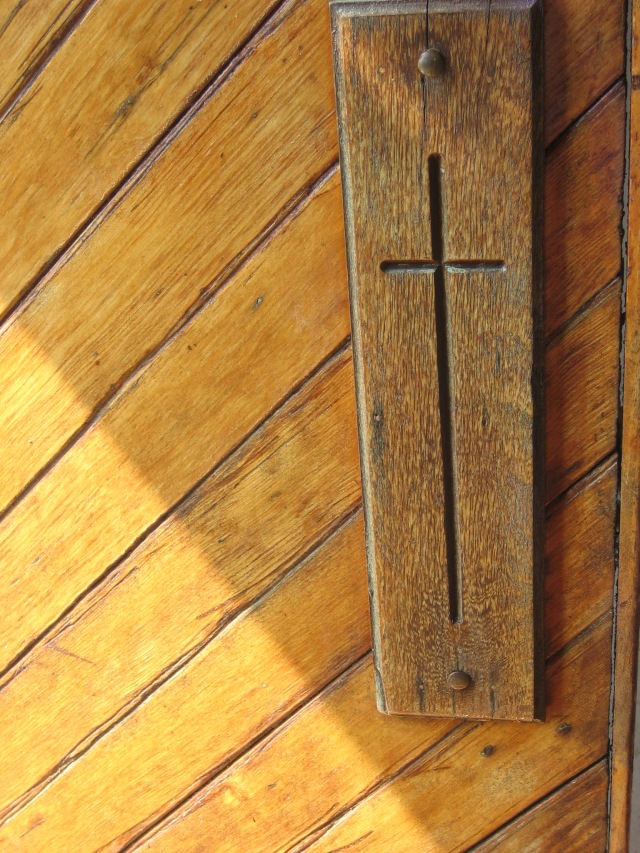



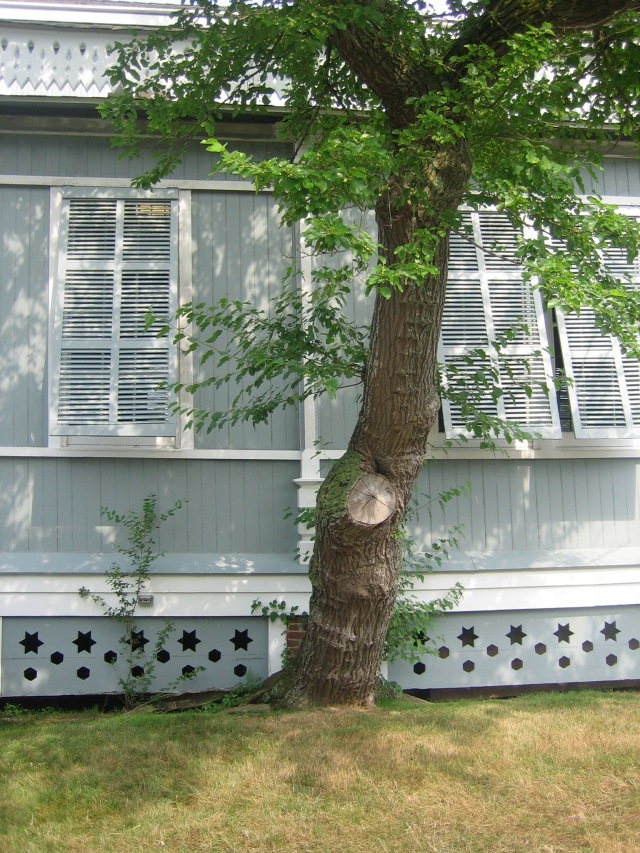
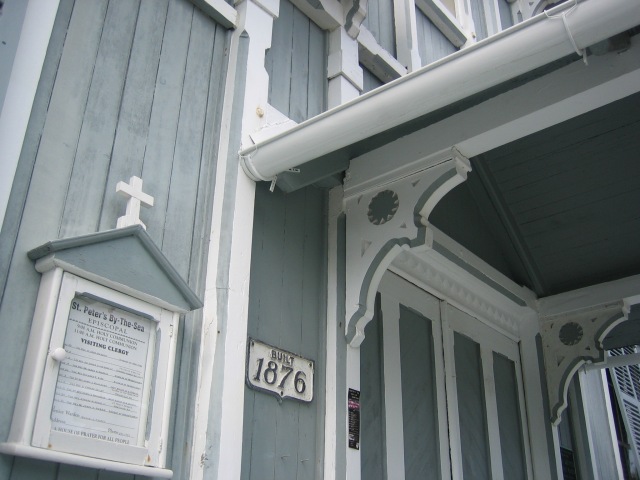



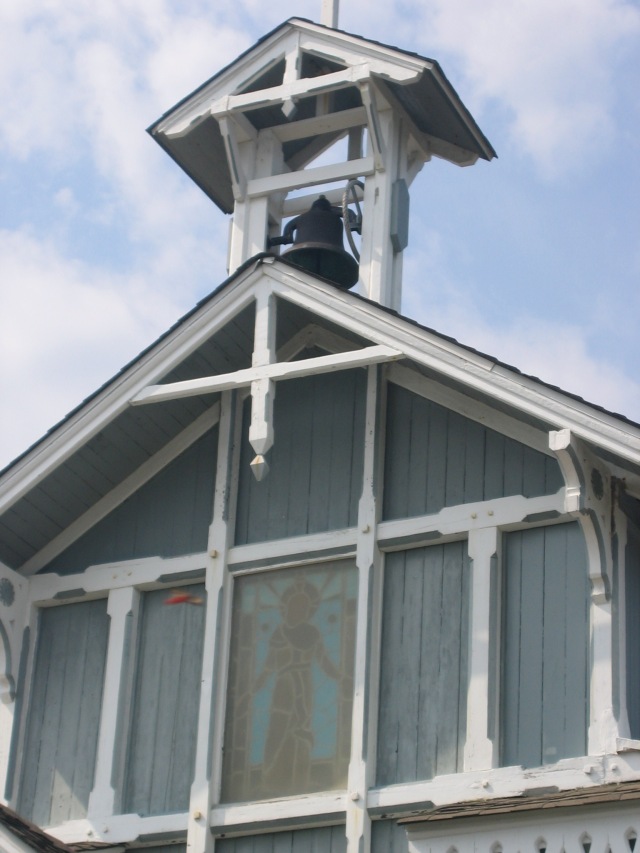
You must be logged in to post a comment.